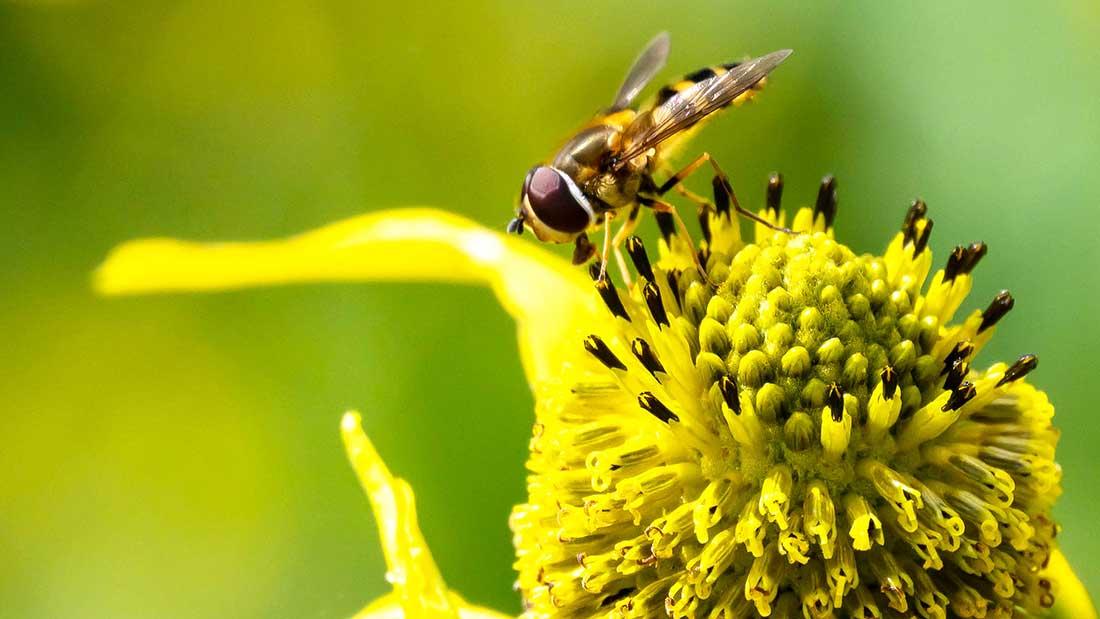4 Tips to Survive Houston’s Pollen Season

The National Institutes of Health (NIH) estimates that around 35 million Americans have pollen allergies. Houston’s long pollen season kicks off in January and doesn’t let up until the cooler weather sets in again. For many sufferers in this part of the country it adds up to a long stretch of allergy misery.
4 Tips to Survive Houston’s Pollen Season
SignatureCare Emergency Center is here to help you fight the pollen season. If you find the season intolerable and need to seek medical attention- Our emergency rooms are open 24 hours for urgent care and medical needs. Find an emergency room near you.
Houston’s Pollen Cycle
Tree pollen gets the allergy ball rolling, with the worst offenders including Pine, Elm, Oak, Hackberry, Ash, Pecan, and Cedar. You can blame the short winter season since the trees start waking up in January.
No sooner do the trees get over their pollen-producing phase, grass gets in on the act, with grass pollen counts rising from March onwards. The most common grass allergies come from Timothy, Orchard, Sweet Vernal, Bahia, and some Blue Grass.
Ragweed chimes in with the allergy finale, starting around mid-August and continuing until the weather cools down.
On top of pollens, Houston’s high humidity creates the ideal conditions for fungal growth, so highly allergenic mould spores trigger additional hazards for asthma sufferers or those susceptible to sinus problems.
Given nature’s vast arsenal of irritants, is there anything you can do to minimize the uncomfortable allergy effects? While it may not be possible to completely avoid all pollen, there are a few ways you can combat the worst of the effects:
#1 — Know Your Allergies
You can get an idea about exactly what is causing allergic reactions simply by taking note of which times of year affect you badly. If, for instance, allergic reaction is worst at the tail end of the year, maybe ragweed is your enemy.
If your seasonal allergies are very severe, allergy testing and immunotherapy can help pinpoint the exact cause. Once this is known, a personalized course of treatment can help build your immunity or at least help you towards greater tolerance. Immunotherapy typically involves shots of the allergen which may be administered twice a week to begin then less frequently in order to maintain immunity.
Allergens are identified by introducing suspected substances through a scratch in the skin. If you are allergic to that substance, the reaction is generally a raised, red lump at the site of the scratch. The doctor can gauge how severe the allergy is according to the intensity of the reaction.
#2 — Keep Track of Pollen Counts
You can’t easily see it, taste it, or smell it but it’s out there in the air you breathe. Pollen counts are generally reported for given periods, typically 24 hours. The National Allergy Bureau maintains a website which makes it easy to keep track of pollen counts. These days also, weather stations and weather forecasts include pollen counts along with humidity, predicted rainfall, and hours of sunshine.
Make it a regular habit to check up on current pollen levels so you can calculate whether you are in particular danger of an allergic reaction. Being forewarned means you can take appropriate action to ward off the worst effects.
#3 — Stay Indoors
It’s not always possible of course, but if you can avoid being outside when the pollen counts are at their highest you can keep allergic reactions at bay. Also, avoid the temptation to throw open the windows as this just lets more pollen into the house. It seems counterintuitive when the weather is nice, but keeping the windows closed and air-conditioning running ensures very little pollen can get in.
Bear in mind that pollen can also enter the house on clothes and pets. If you do need to be outdoors on high count days, change clothes and shower as soon as possible after getting home so you’re not carrying pollen around with you.
#4 — Time Your Outings
Understanding pollination cycles can help you avoid the worst times of day to be out and about. Early mornings are particularly hazardous, since most plants pollinate between 5am and 9am. If you like to go for a run in the fresh morning air, you may be doing yourself more harm than good during pollen season. Switching around your schedule could help you keep up with the activities you like while still minimizing your allergic reactions.
As well as paying attention to pollen counts and avoiding the worst times of day, make sure you take your allergy medications before you leave the house rather than waiting until symptoms start to take hold.
Allergies and their symptoms vary from person to person and there’s no ‘one size fits all’ remedy. Knowing exactly what causes your misery, then doing all you can to avoid it through behavior and medication, will help you through the worst pollen months.




